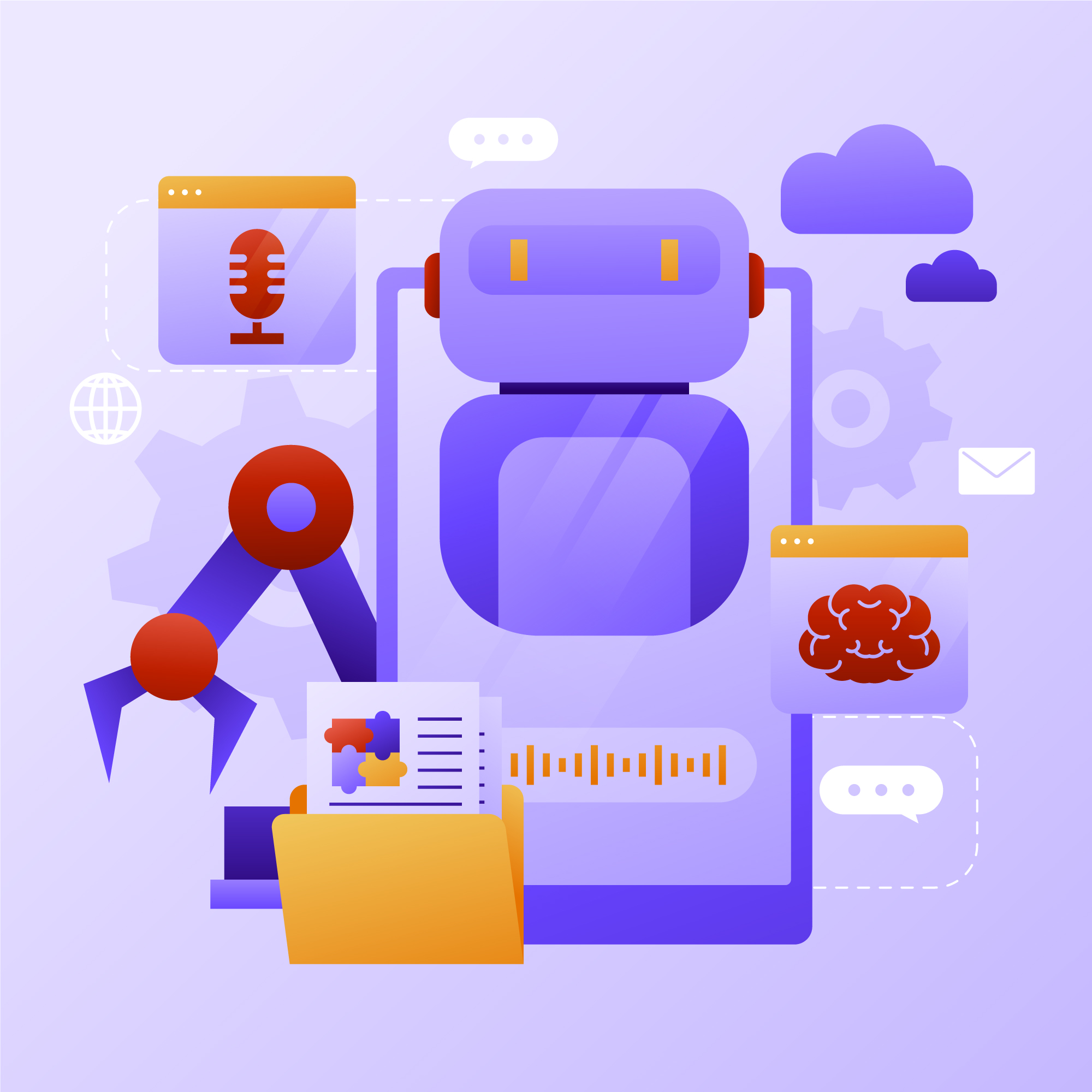In today’s fast-paced digital landscape, marketing automation has evolved from a convenience to a necessity for businesses striving to stay competitive. As we move into the future, the role of automation tools is set to expand, Future Marketing Automation Tools transforming how brands interact with their audiences. But what exactly does the future hold for marketing automation? Let’s explore the trends, tools, and techniques that will shape the industry.
The Evolution of Marketing Automation
Marketing automation began as a way to streamline repetitive tasks like email campaigns and social media scheduling. Over time, it has grown to encompass sophisticated systems capable of analyzing customer behavior, segmenting audiences, and delivering personalized experiences. Today, automation is more than just a tool; it’s a strategy.
As businesses demand more from their marketing efforts, automation tools are becoming smarter, integrating advanced technologies like artificial intelligence (AI) and machine learning (ML). These advancements enable tools to not only execute tasks but also predict outcomes and optimize strategies in real-time.
Key Trends Shaping the Future
1. AI and Predictive Analytics
AI is a key component of marketing automation and is no longer just a trendy term. AI-powered predictive analytics aids marketers in anticipating the wants and needs of their target audience. For instance, tools like Salesforce Einstein and HubSpot’s AI-powered features analyze vast amounts of data to forecast trends and recommend actions.
Tip: Leverage AI-driven tools to predict customer behavior and tailor campaigns that resonate with your audience.
2. Hyper-Personalization
Gone are the days of generic marketing messages. Consumers now expect brands to know them intimately. Automation tools are evolving to deliver hyper-personalized experiences across channels, from customized email content to product recommendations based on browsing history.
Example: One of the best examples of hyper-personalization is Netflix’s recommendation engine, which makes content recommendations based on user viewing preferences.
3. Omnichannel Marketing Integration
Consumers interact with brands across multiple platforms, and automation tools are stepping up to ensure seamless experiences. Future tools will offer better integration across channels, allowing marketers to deliver cohesive messaging.
Stat: According to Omnisend, campaigns using three or more channels see a 287% higher purchase rate than single-channel campaigns.
4. Voice and Visual Search Optimization
With the rise of smart speakers and image-based search tools, marketers need to adapt their strategies. Automation tools are beginning to incorporate voice and visual search capabilities to optimize content for these emerging trends.
Tip: Ensure your content is voice-search friendly by focusing on conversational keywords and questions.
5. Data Privacy and Compliance
As data privacy regulations like GDPR and CCPA become stricter, automation tools must adapt. The future will see tools emphasizing secure data handling and providing features that help businesses maintain compliance.
Example: Tools like OneTrust help marketers ensure their campaigns align with privacy laws.
Techniques for Maximizing Automation Benefits
1. Segment Your Audience
Effective marketing starts with knowing your audience. Use automation tools to segment customers based on demographics, behavior, and preferences. Segmentation enables you to deliver targeted messages that drive engagement.
2. Optimize Workflows
Automating workflows doesn’t just save time—it improves consistency. For instance, setting up automated email sequences can nurture leads without constant manual effort. Tools like ActiveCampaign and Marketo simplify this process.
3. Measure and Refine
Automation tools offer robust analytics to track campaign performance. Use these insights to refine your strategies. For example, if an email campaign has a low open rate, tweak the subject lines and test again.
4. Incorporate Chatbots
Chatbots are becoming indispensable for customer service and lead generation. AI-powered bots can answer queries, guide users, and even upsell products. Platforms like Drift and Intercom make chatbot implementation easy.
Challenges and How to Overcome Them
1. Learning Curve
Many businesses struggle to fully utilize automation tools due to their complexity. Investing in training or hiring experienced professionals can bridge this gap.
2. Balancing Automation with Human Touch
While automation saves time, it’s crucial to maintain authenticity. Avoid over-automating by ensuring personalized interactions where needed.
3. Data Overload
With automation tools generating vast amounts of data, it can be overwhelming to extract actionable insights. Pay attention to important measures that support your objectives.
The Role of Emerging Technologies
Blockchain in Marketing Automation
Blockchain technology promises to enhance transparency and security in marketing. For example, it can ensure ad spend is accurately allocated and protect customer data from breaches.
Augmented Reality (AR) and Virtual Reality (VR)
As AR and VR grow in popularity, automation tools may soon integrate these technologies to create immersive marketing campaigns. Imagine automated AR ads tailored to individual users based on their preferences.
Preparing for the Future
To stay ahead in the evolving landscape, businesses must embrace continuous learning and adaptability. Regularly updating your tools and techniques ensures your strategies remain effective.
Pro Tip: Keep an eye on emerging platforms and innovations. Early adoption often translates to a competitive advantage.
Conclusion: The Future is Now
Marketing automation has a bright future ahead of it. From AI-powered insights to hyper-personalized campaigns, the tools and techniques available today are setting the stage for unprecedented growth. However, success lies in leveraging these advancements thoughtfully, balancing automation with human creativity.
Are you ready to transform your marketing strategy? Start by exploring the latest automation tools and integrating them into your campaigns. The future of marketing is here—and it’s automated.
What trends or tools excite you the most about the future of marketing automation? Share your thoughts in the comments below!


Leave a Reply